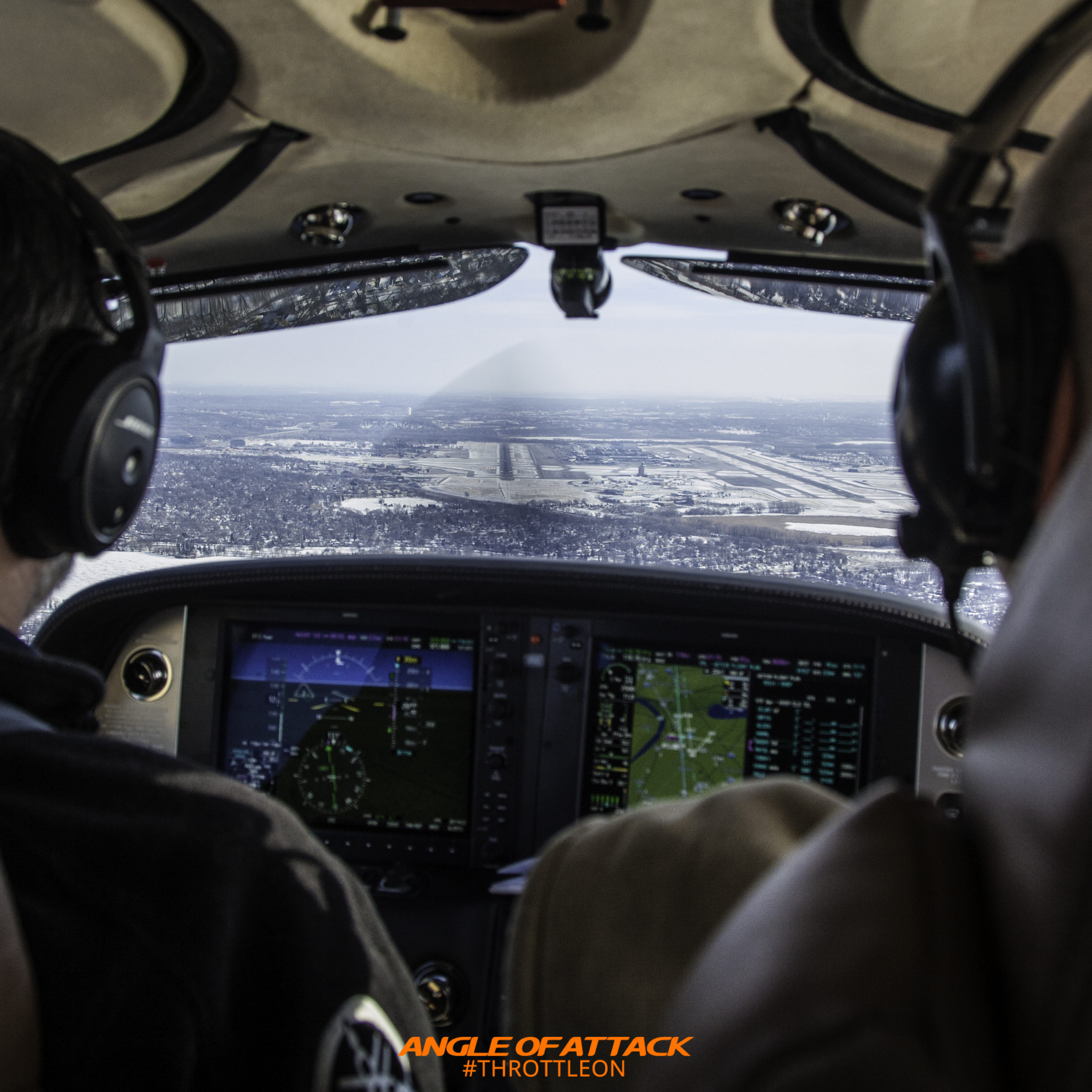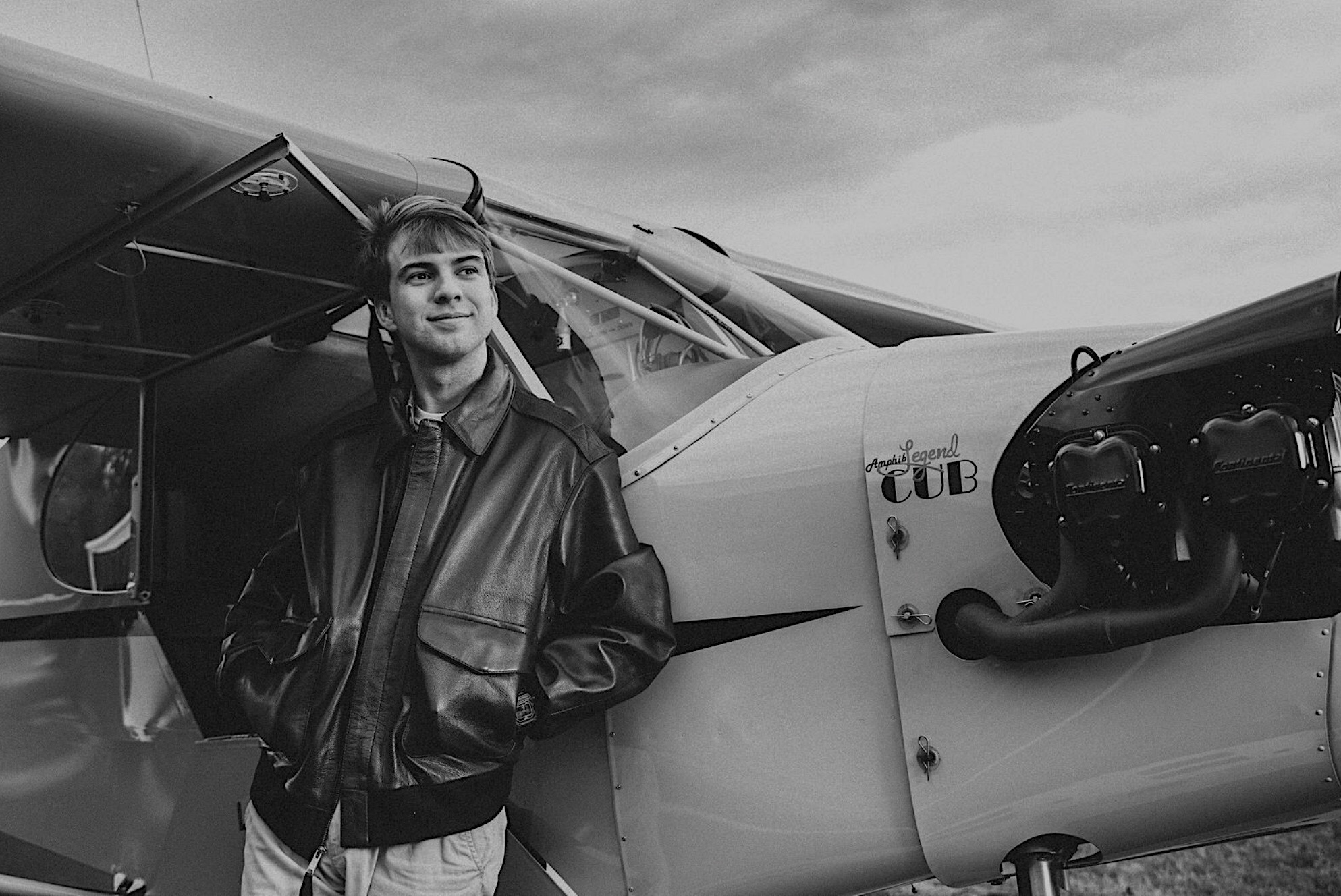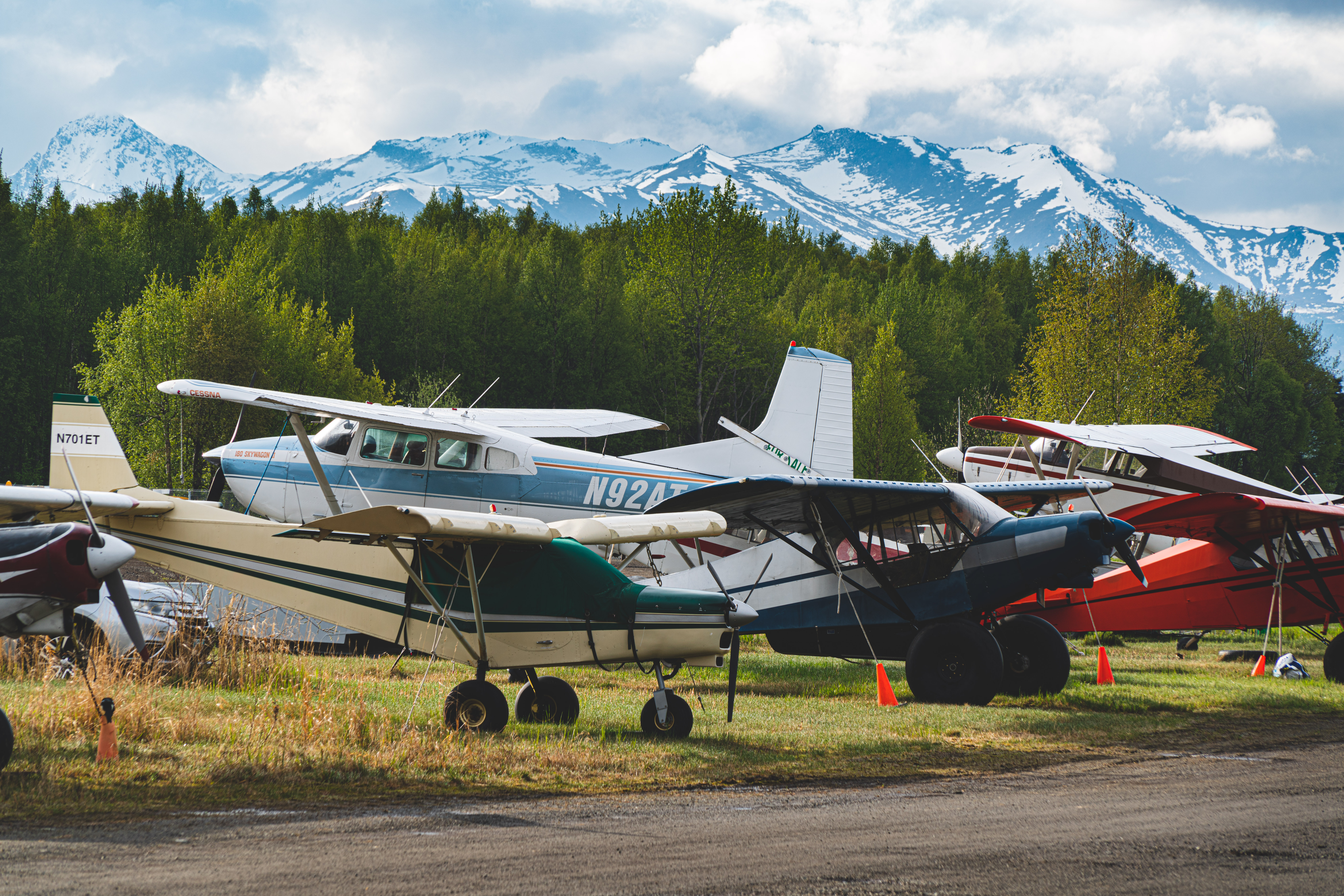
It is the most important, but also the most dreaded, rating in a pilot’s arsenal… the instrument rating. Despite its usefulness, many are still hesitant to attempt to get the instrument rating. Why? The instrument rating requirements are long and difficult. Today we will break down how many hours are required for the instrument rating, how long IFR training takes, and tips for making your training go quicker. Let’s grab the foggles and hit the minimums.
How many hours are required for an instrument rating?
For the instrument rating you need the following amount of hours:
- 50 hours of pilot-in-command, cross-country time (10 of which must be in an instrument-equipped aircraft)
- A total of 40 hours of actual or simulated instrument time on the areas of operation listed in 61.65(c).
- At least 15 hours of instrument flight training from an authorized instructor in the aircraft category for the instrument rating sought.
- A 250 nm cross country.
- Completion of an instrument ground school course.
Now let’s break down what all that means.
The requirement of “50 hours cross country” means that it must be a flight over 50 nm. For some of you who got your private and have been burning your wings off, this requirement might not be so difficult to make. But if you’re like me, who spent all his money on getting a private pilot’s license. Now only have enough cash for 30 min hops with your friends around town, it might be more challenging.
The “40 hours in instrument” time is normally accomplished via “simulated instrument time.” This is because it’s difficult, time-consuming, and slightly dangerous for you to go find 40 hours of “actual” instrument time.
Your New Best Friend: Foggles
So how does one get simulated instrument time? Let me introduce you to your new best friend: the foggles (officially called “view-limiting devices”).
You might have encountered these beauties briefly in your private. Now you will be spending a lot of time with these on your head. Almost all instrument rating training is done with foggles on. Foggles are designed to blur or totally block all your outside visual references and only give you a view of your instrument panel. There are many different kinds of foggles. Buying your foggles you should find one that gets the job done, but also one that is comfortable to wear for long periods of time.
In addition to these hour requirements is the “long cross country.” It is a 250 nm flight to three airports using three different instrument approaches (usually ILS, GPS, VOR). It is a big flight, and I bet many seasoned airline pilots can still recall where they went on their long cross country.
How long is IFR training?
How long IFR training takes depends on you. That’s not just a statement on how disciplined you are but rather is about how many and what type of flying you have already been doing.
As I mentioned, some of you already have a lot of cross-country time, while others might not. The great thing about IFR flight hours is that a lot of them can be combined. For example, the 40 hours of the simulated cross-country can be done while you’re trying to get your 50 hours of cross-country. That means popping on your foggles and heading to your nearest 50 nm airport and back…over and over again.
In terms of length of time, it varies on your budget and commitment level. Most people take anywhere from 4-8 months.
Tips for Making your IFR training go Quicker
The following are some tips from those of us who have done it:
Do Ground School Early
For your instrument rating, you will have to take another knowledge/written test. Just like your private, studying for the written test first will put you at an advantage for your flying portion. Angle of Attack’s Online Instrument Ground School is known around the flying community as one of the best programs to help you pass. With a go-at-your-own schedule structure and an instructor who taught hundreds of instrument students, Chris and the gang will ensure you get what you need to ace your written test.
Knock out your Cross Country and Instrument Time Concurrently
I touched on this a little previously, but doing your instrument time at the same time as your cross-country time means the difference between flying 90 hours versus 50 hours. One of my favorite ways to do this during my training was a “$100 hamburger run.” For some of you who don’t know, a “$100 hamburger” is an aviation term for flying to get lunch at or near the airport. EAA and AOPA fly-ins are another great way to get time. The app SocialFlight can let you know about flying events taking place near you!
Find a Dependable Safety Pilot
One of the best things about the instrument rating, from a cost perspective, is that you can do a lot of it on your own. That being said, any time you are under the foggles you need a safety pilot sitting in the right seat with you. FAA regulations require the safety pilot to be at least a private pilot qualified to fly the type of aircraft you will be doing the flight in.
Having That Safety Pilot
If you have a family member who is a pilot, they are an ideal (and probably free) safety pilot. If you don’t have a family member to be your safety pilot, you might have to get creative. Ask your pilot pals on the field, pilots in your Flying Club, or ask around on a local pilot forum. Push-come-to-shove you can likely always ask your instructor, but finding a cheap/free safety pilot will help in the overall cost of the rating.
IFR training is difficult. The training itself is almost just as long as the initial private. Some pilots will rarely put their ratings to use. However, in the situation you find yourself unexpectedly in IFR, the instrument rating is invaluable. If you ask anyone who has already gotten their instrument rating about it, there is a resounding consensus: “it’ll make you a better pilot.”
If you’re still on the fence, check out this video of Chris’ trip back from Oshkosh.
He encountered some intense IFR conditions on his way back to Homer and his instrument rating helped him get home. To get the most out of your instrument training, you should consider doing Angle of Attak’s Online Instrument Ground School early in the process. That will set you ahead in your training and give you a chance to see if this is really the rating for you. The instrument rating is worth all the long frustrating hours. But accomplishing the instrument is one of the most gratifying check rides. Hopefully, we’ll see you up in the clouds!

Michael Brown grew up flying on the banks of the Tennessee River in Chattanooga, TN. He obtained his private pilot’s license in high school and has instrument and seaplane ratings. Michael graduated from Texas Christian University, where he founded the school’s flying club, with a double major in Business and Communications. He is currently a law student at Tulane University, studying transportation law. Michael was named the Richard Collins Young Writing Award winner and has had his legal writing recognized by the American Bar Association’s Air & Space Subcommittee. When he is not flying or studying, Michael enjoys riding his bike and cheering on his Atlanta Braves.

Stay Connected
Be the very first to get notified when we publish new flying videos, free lessons, and special offers on our courses.





